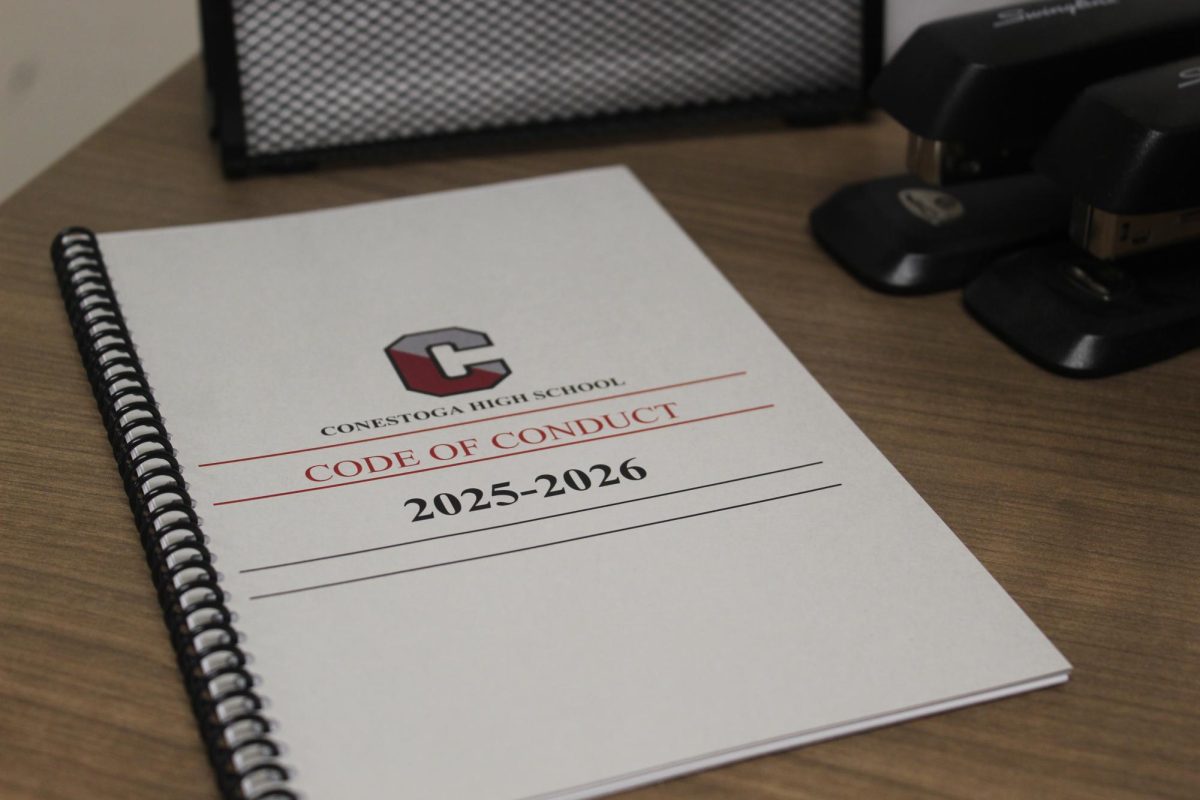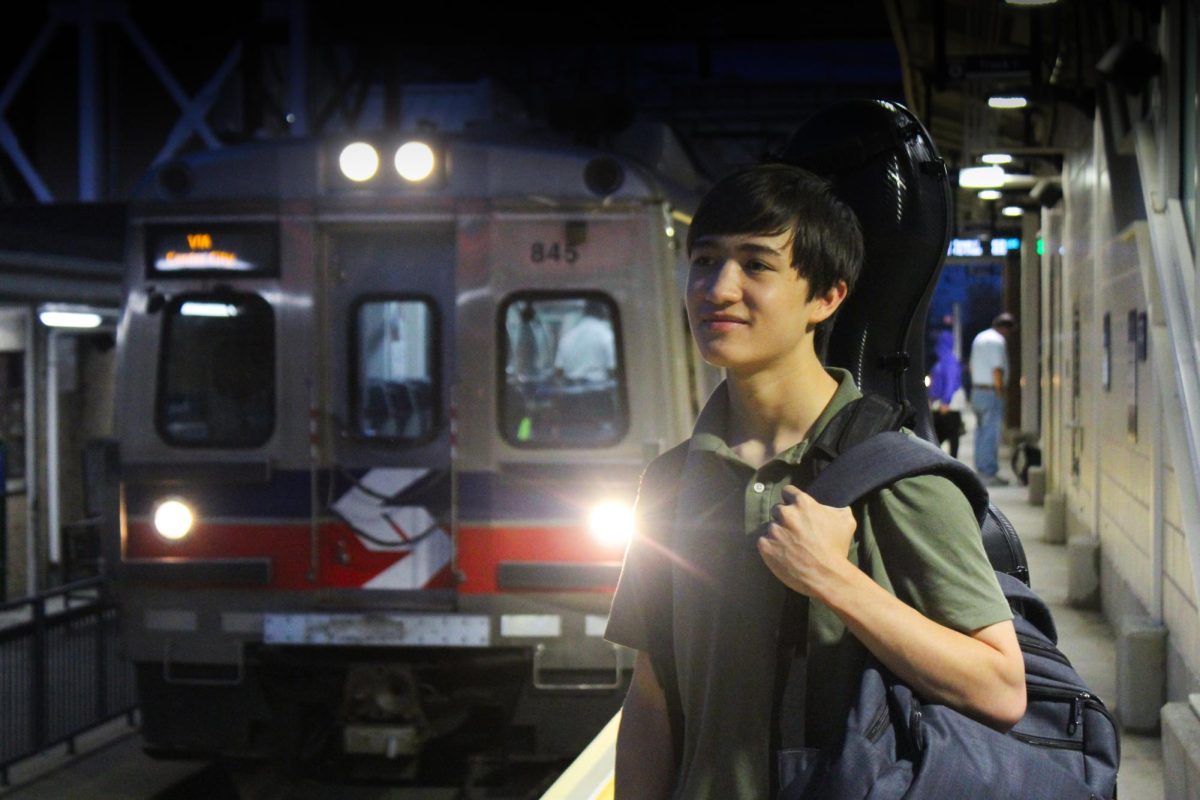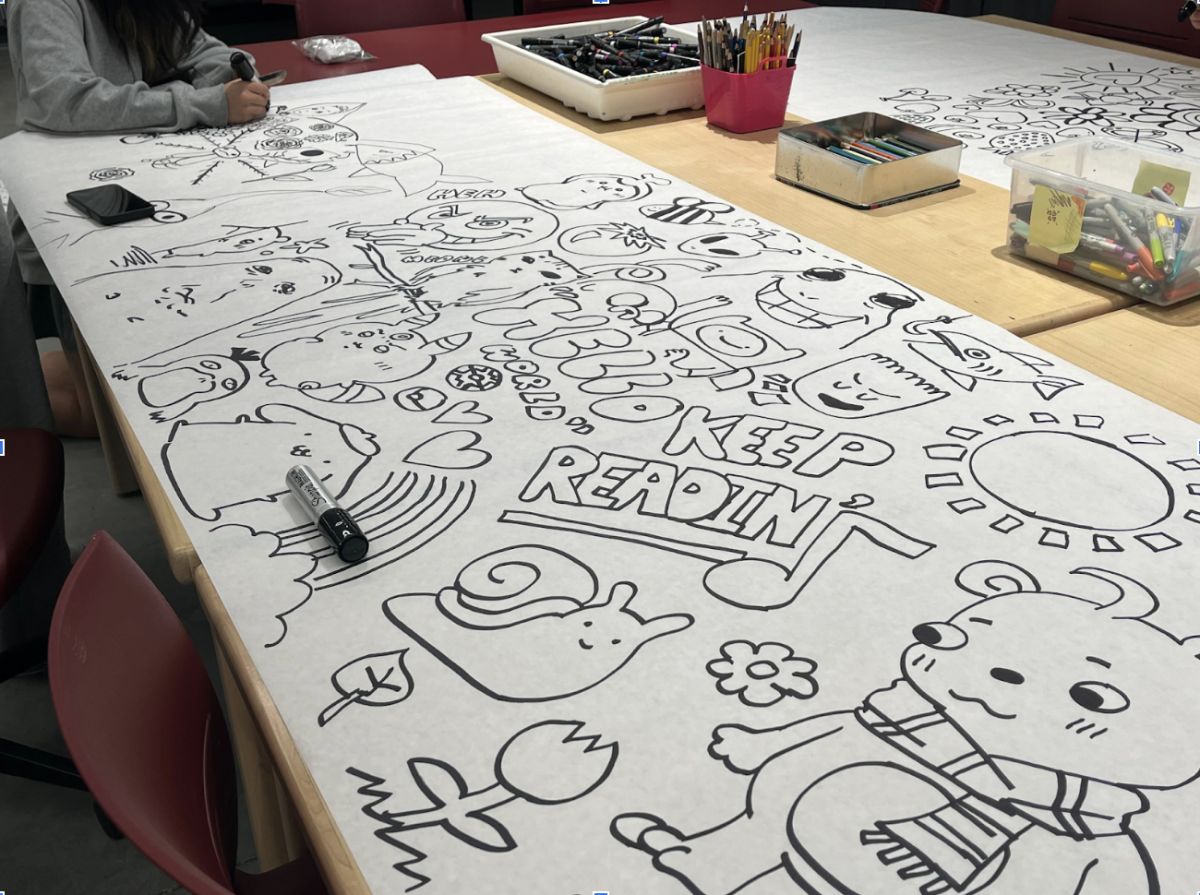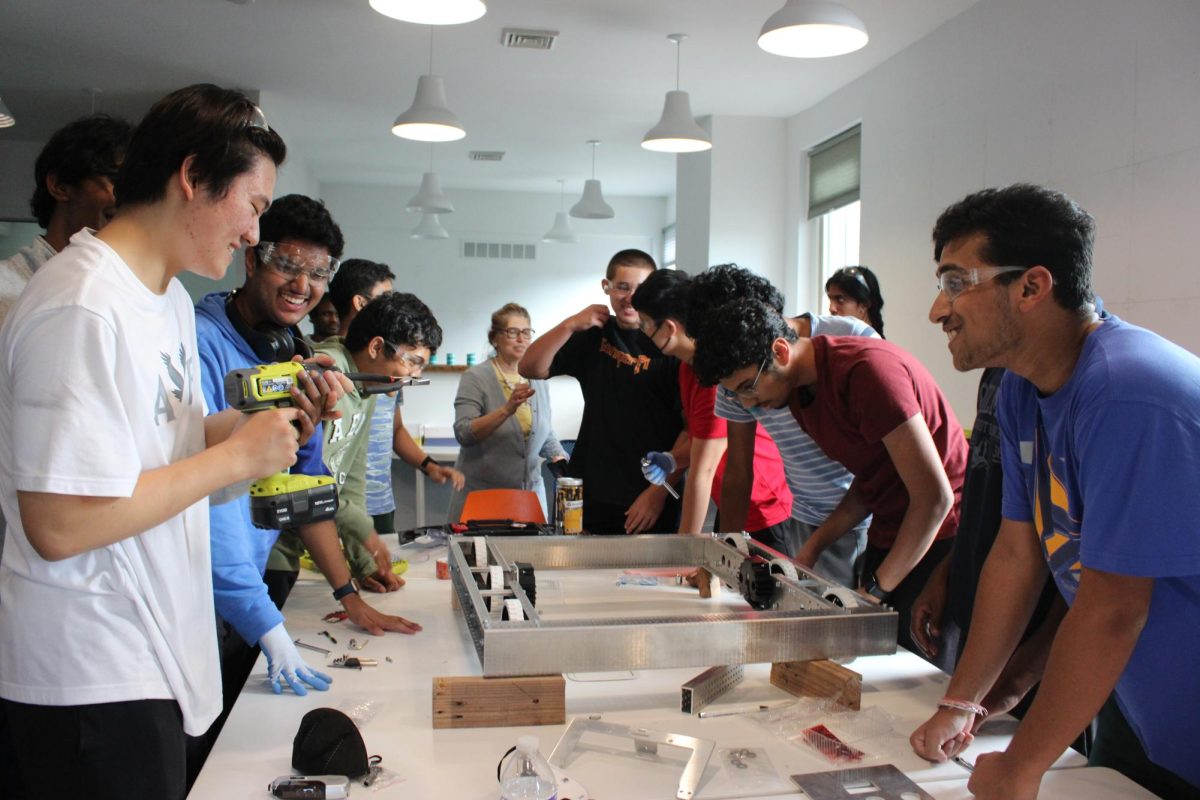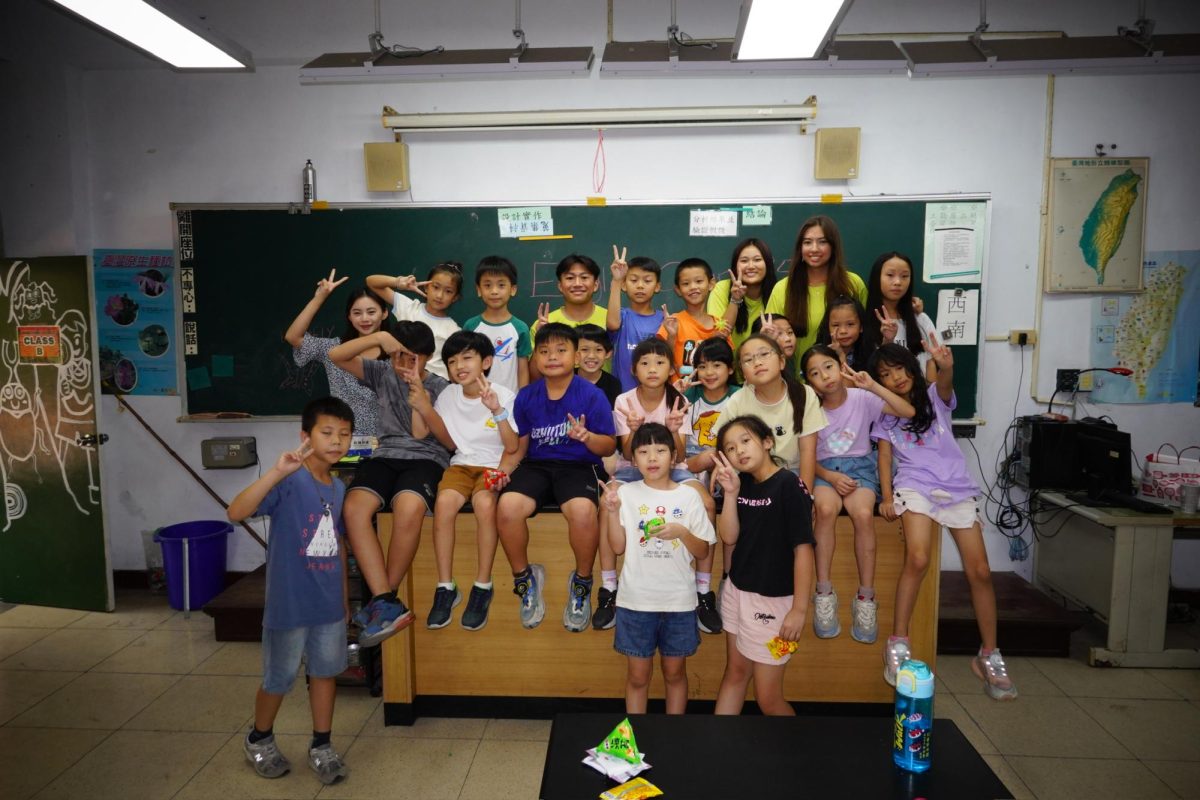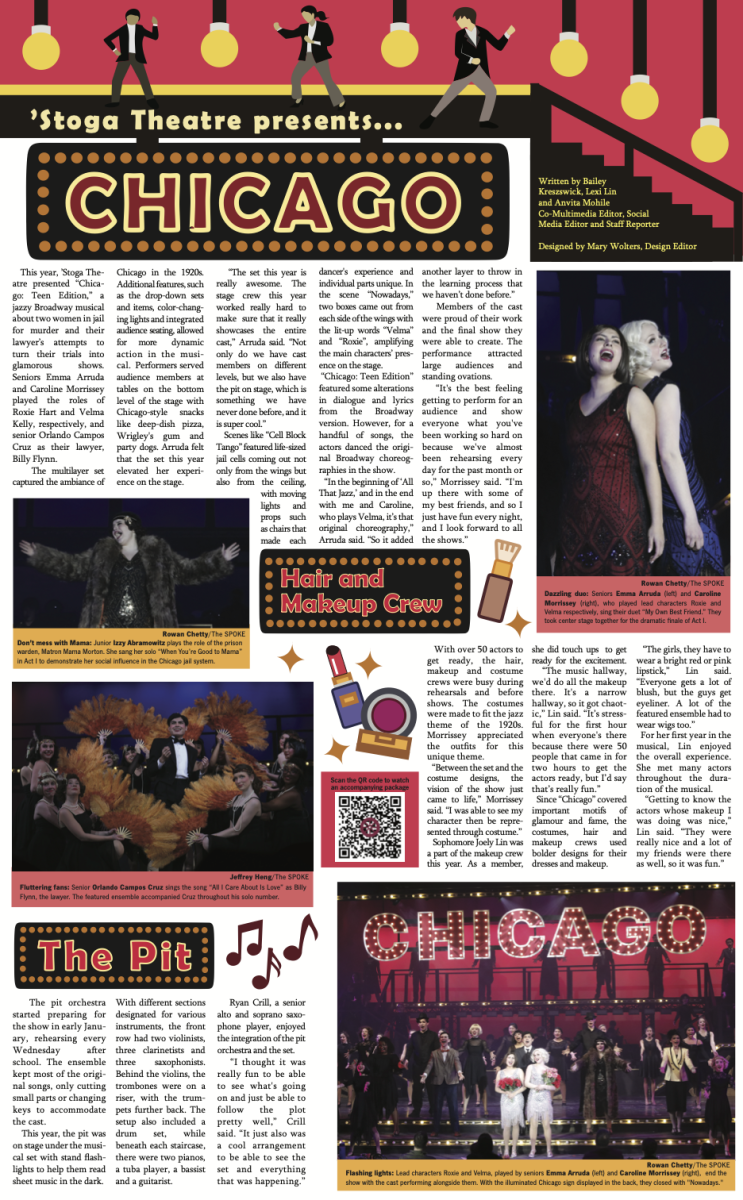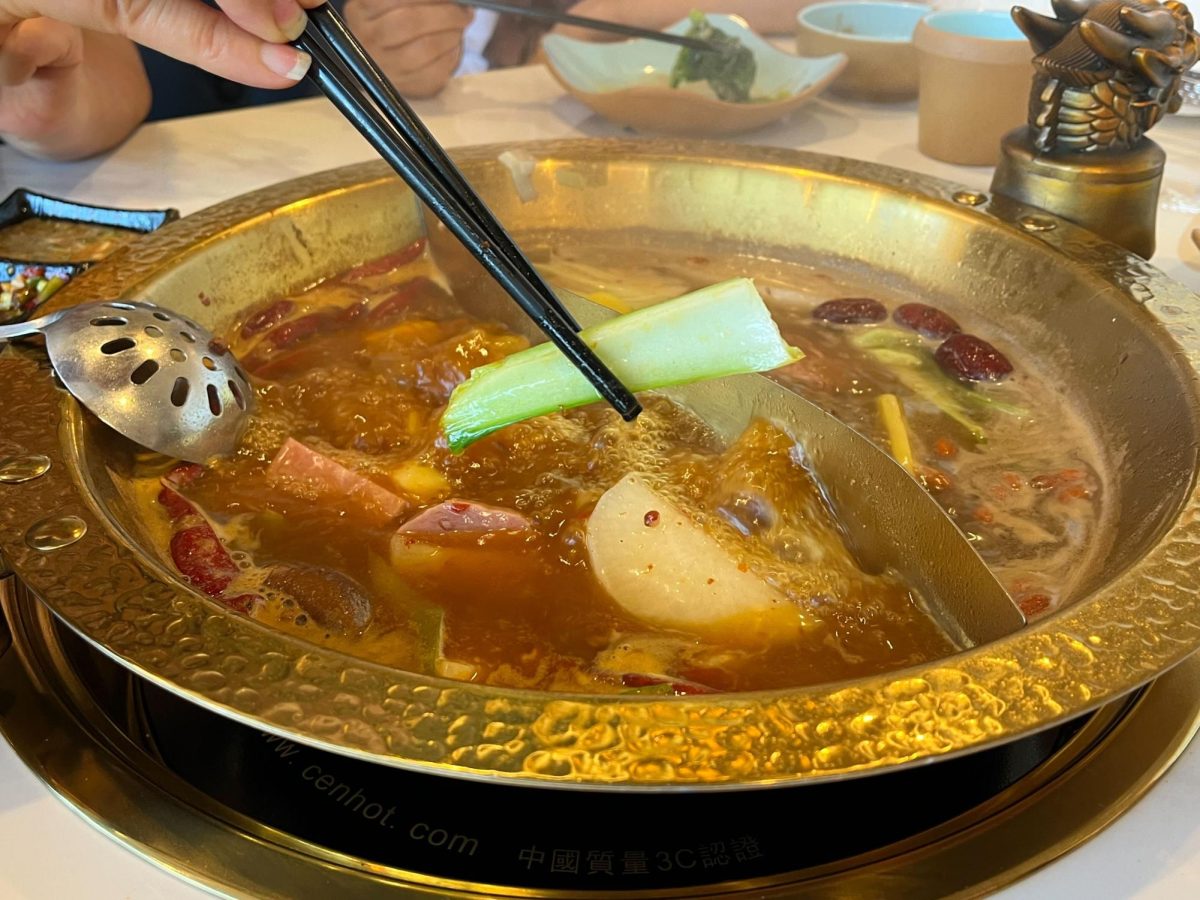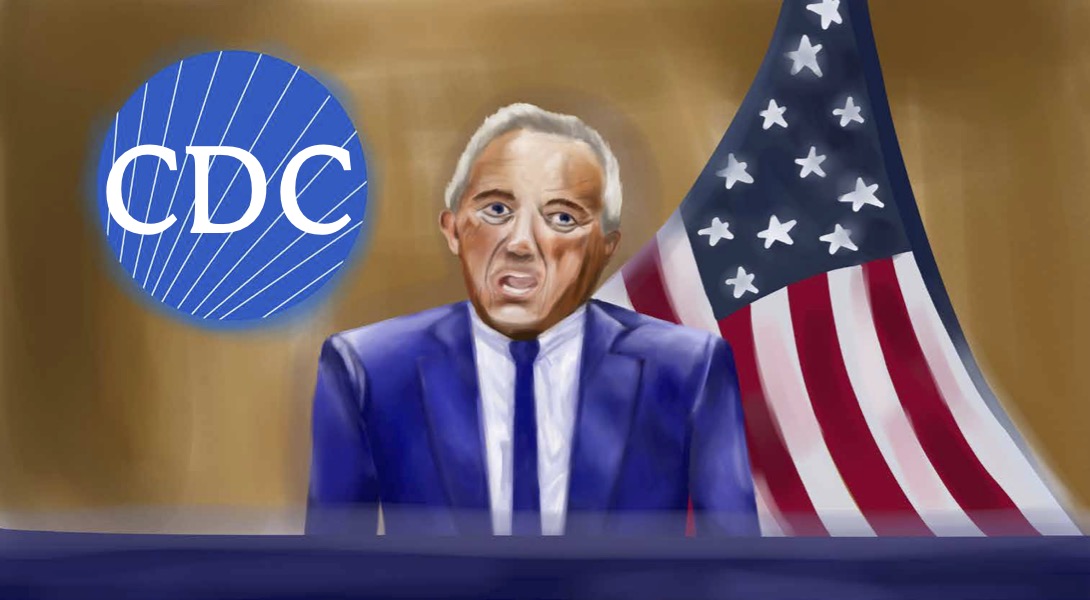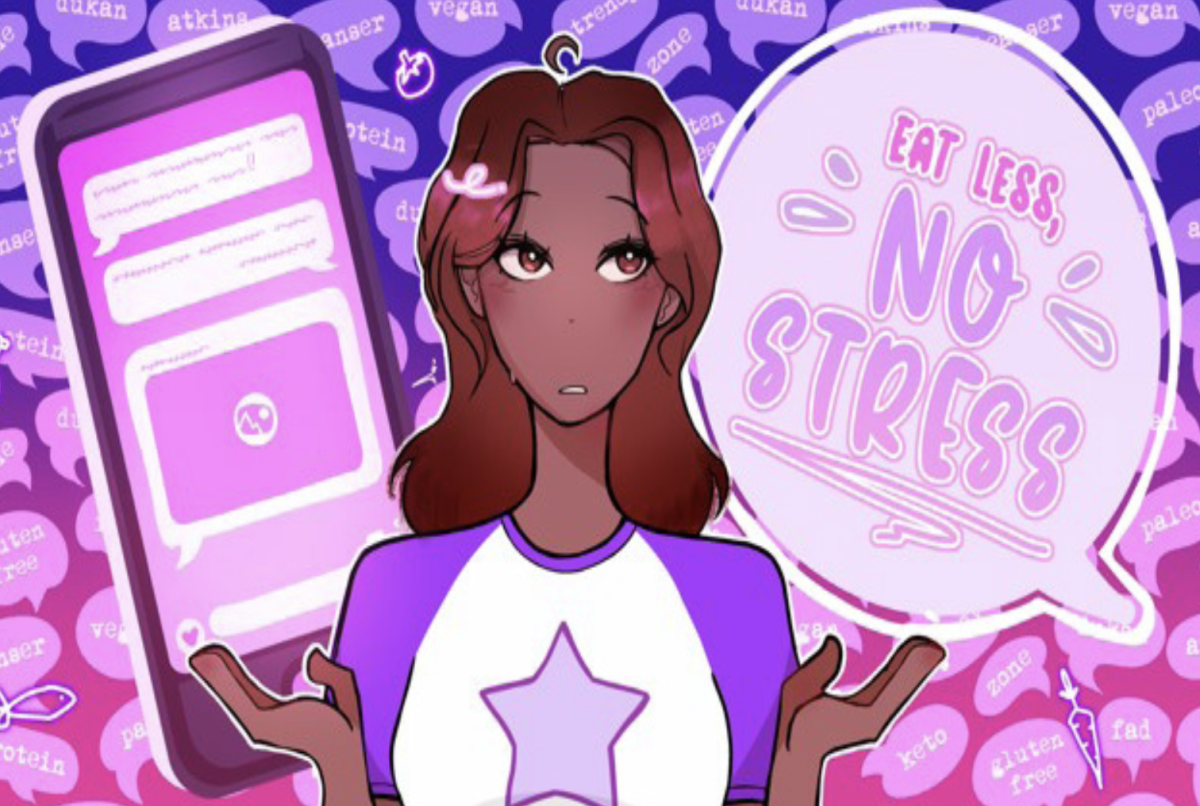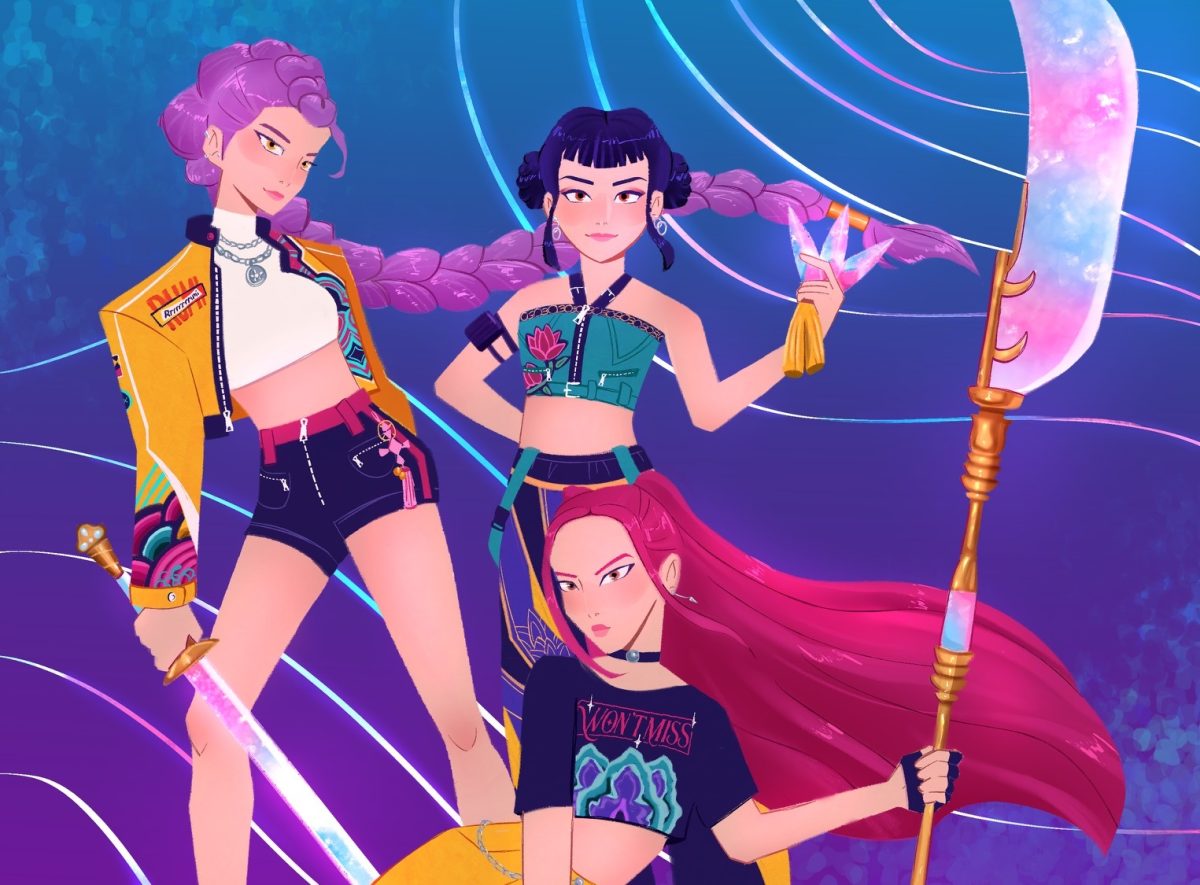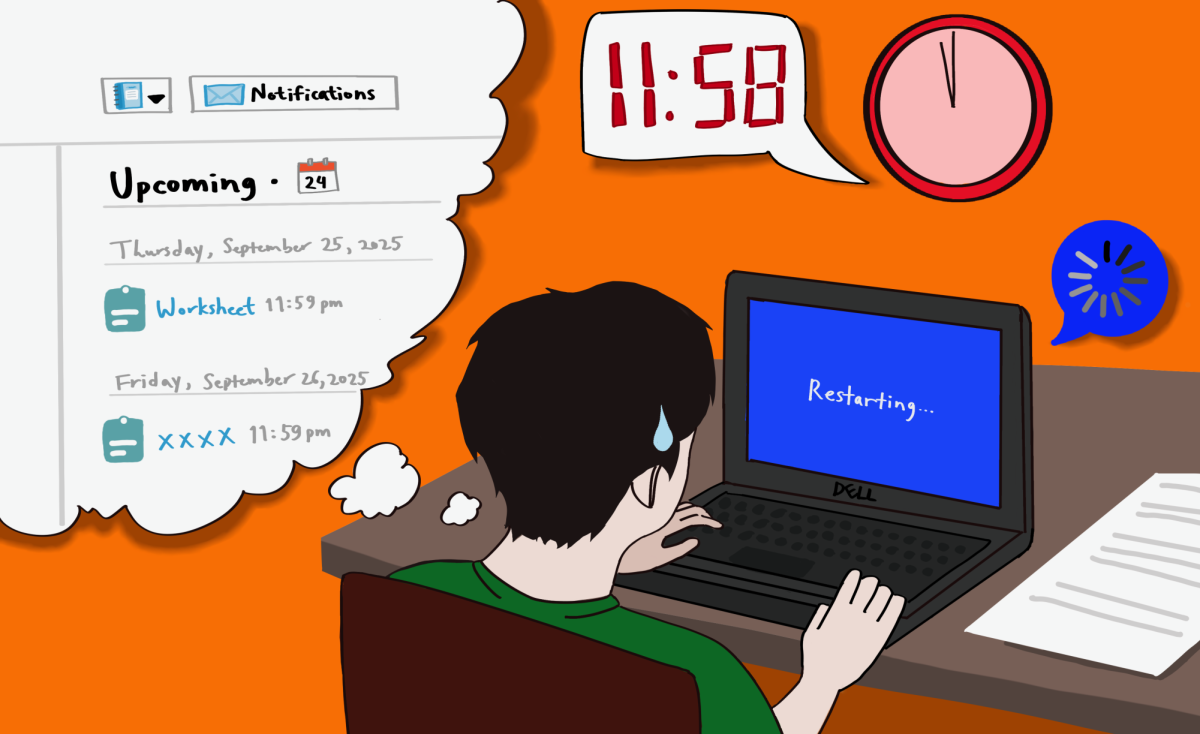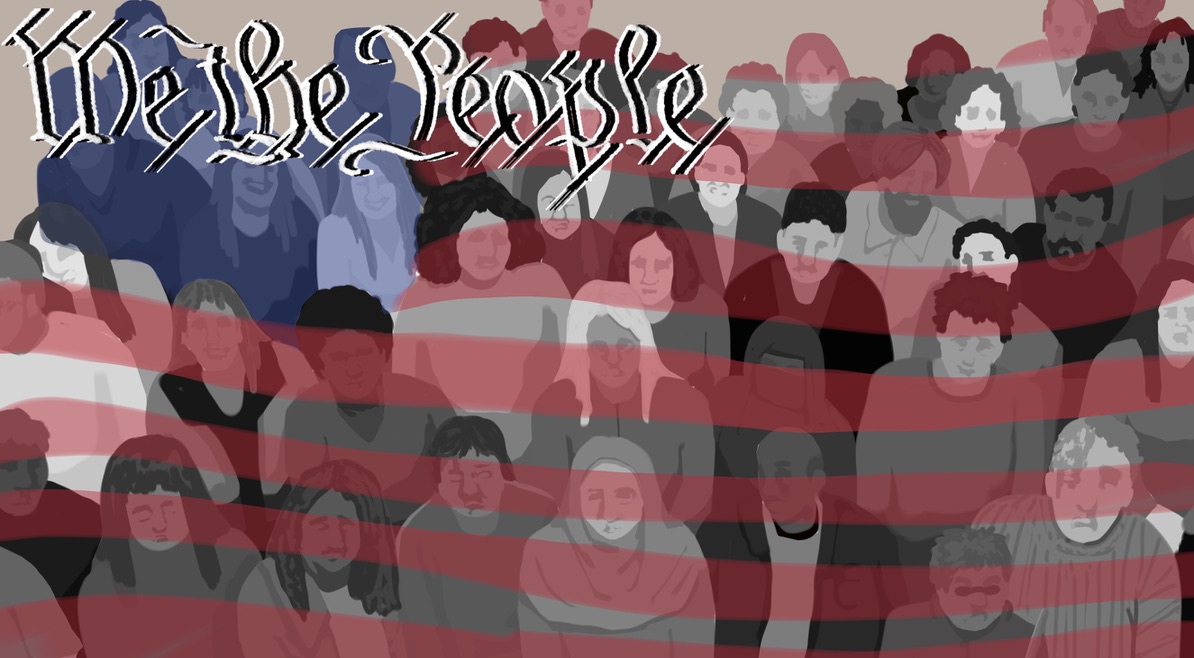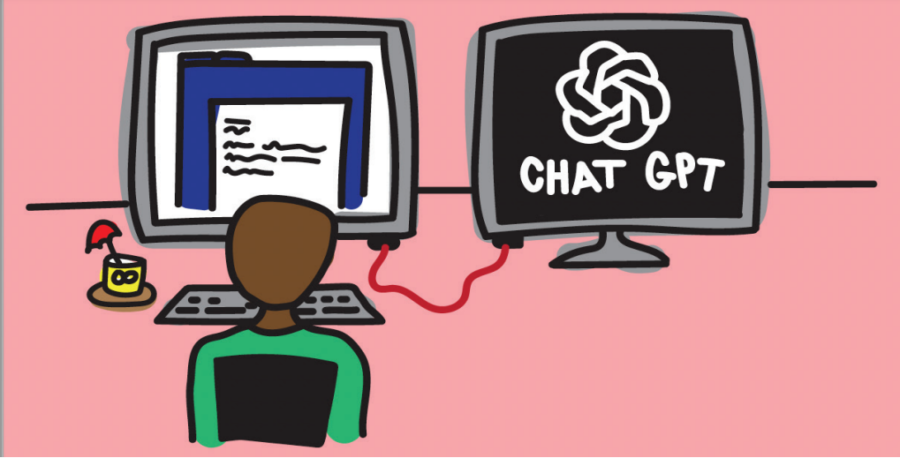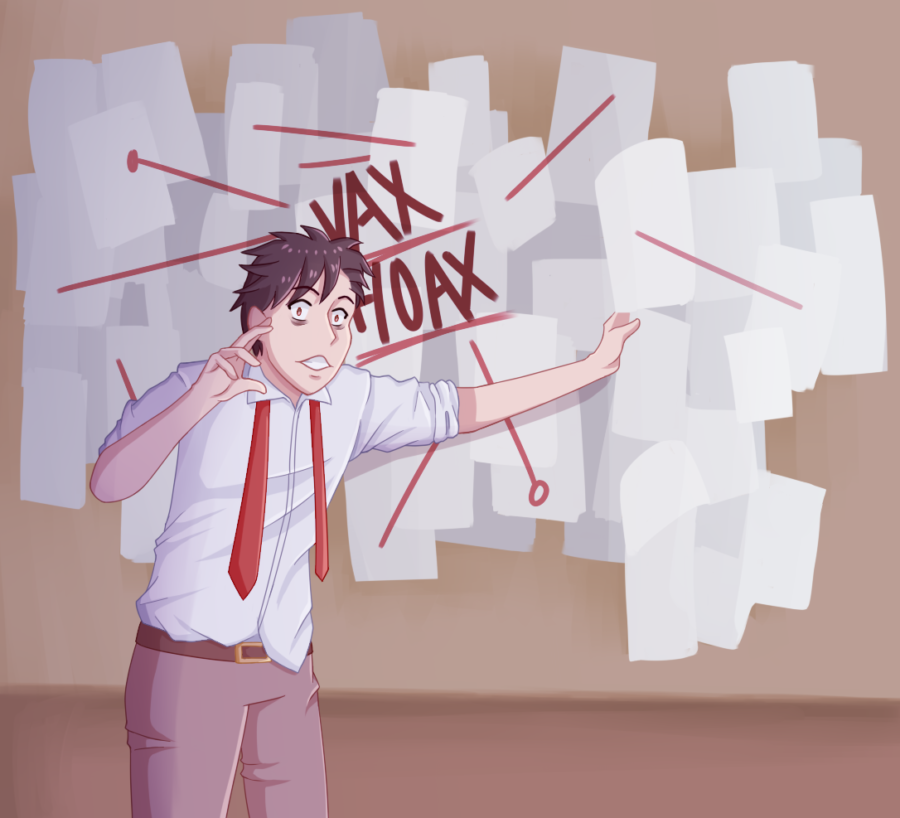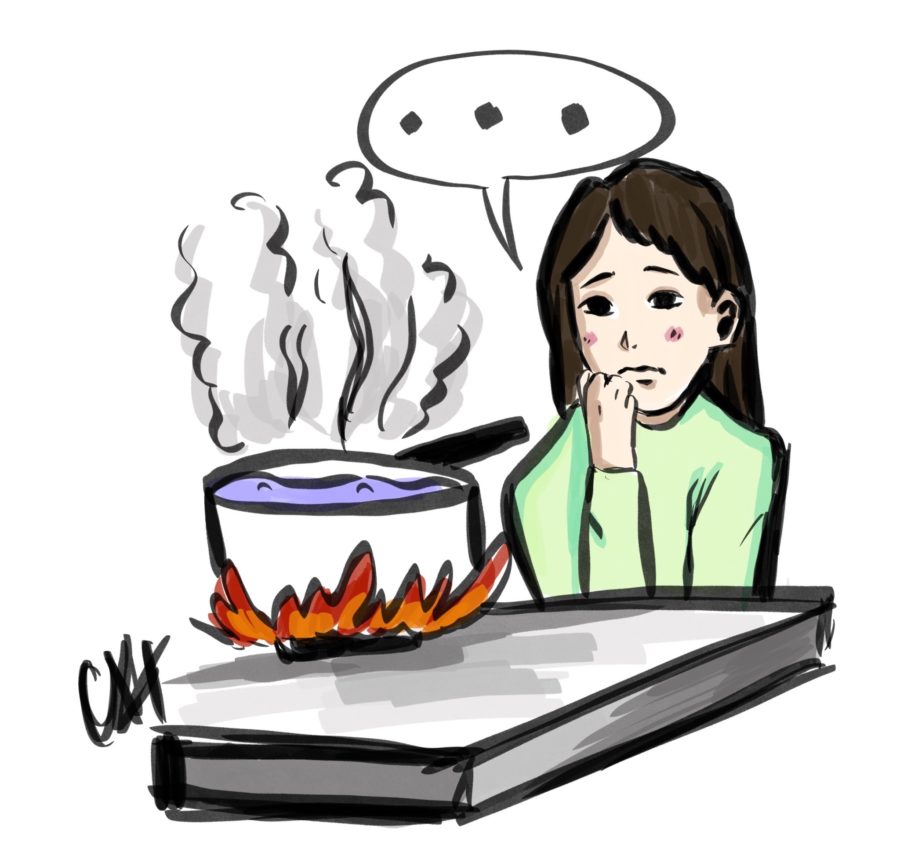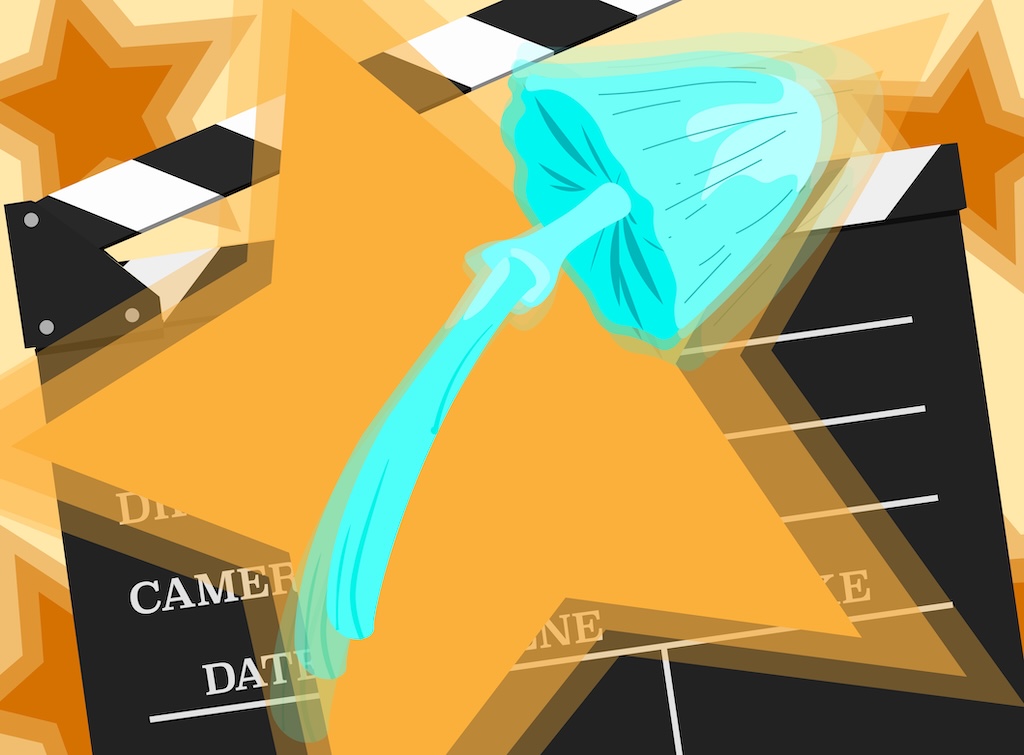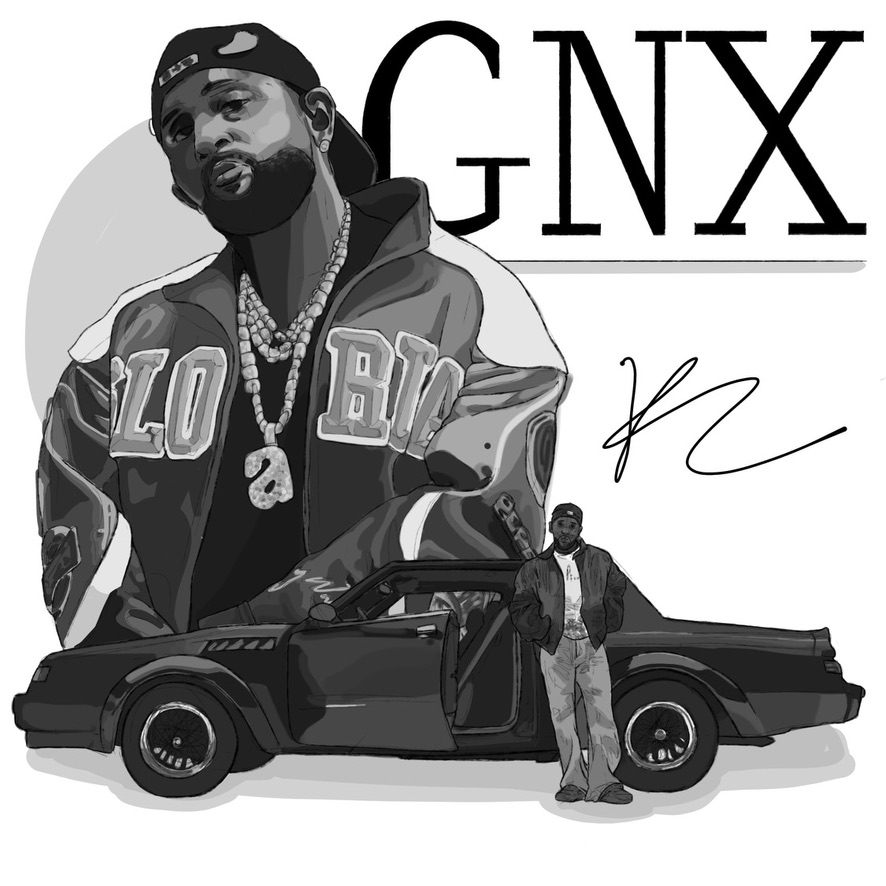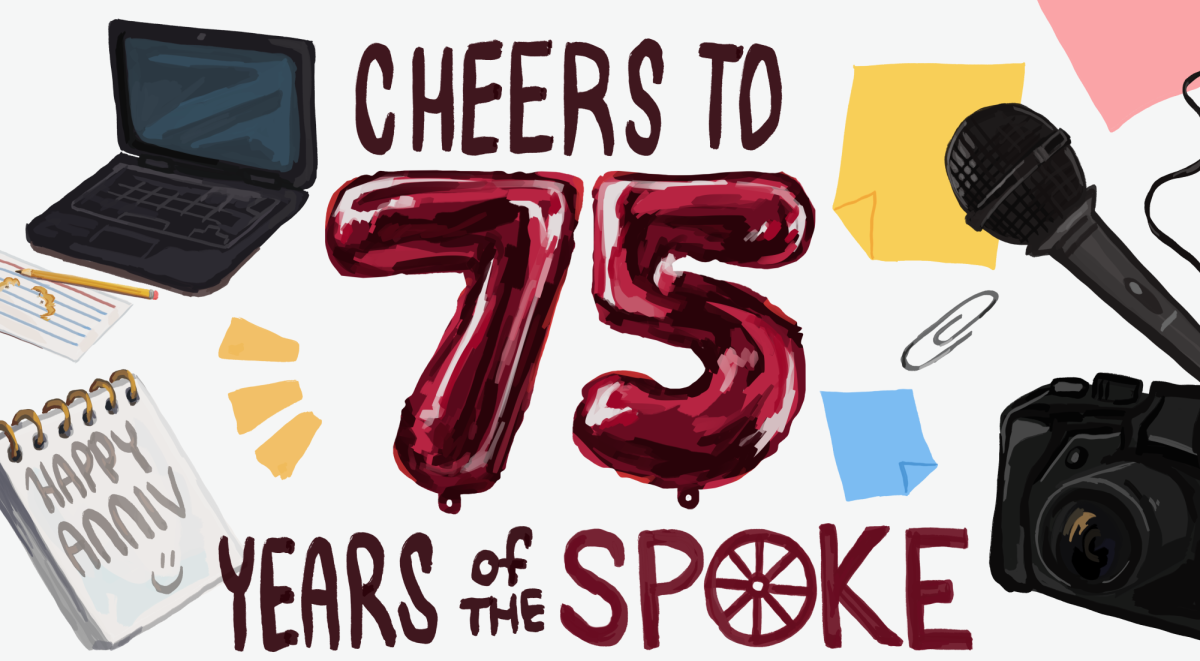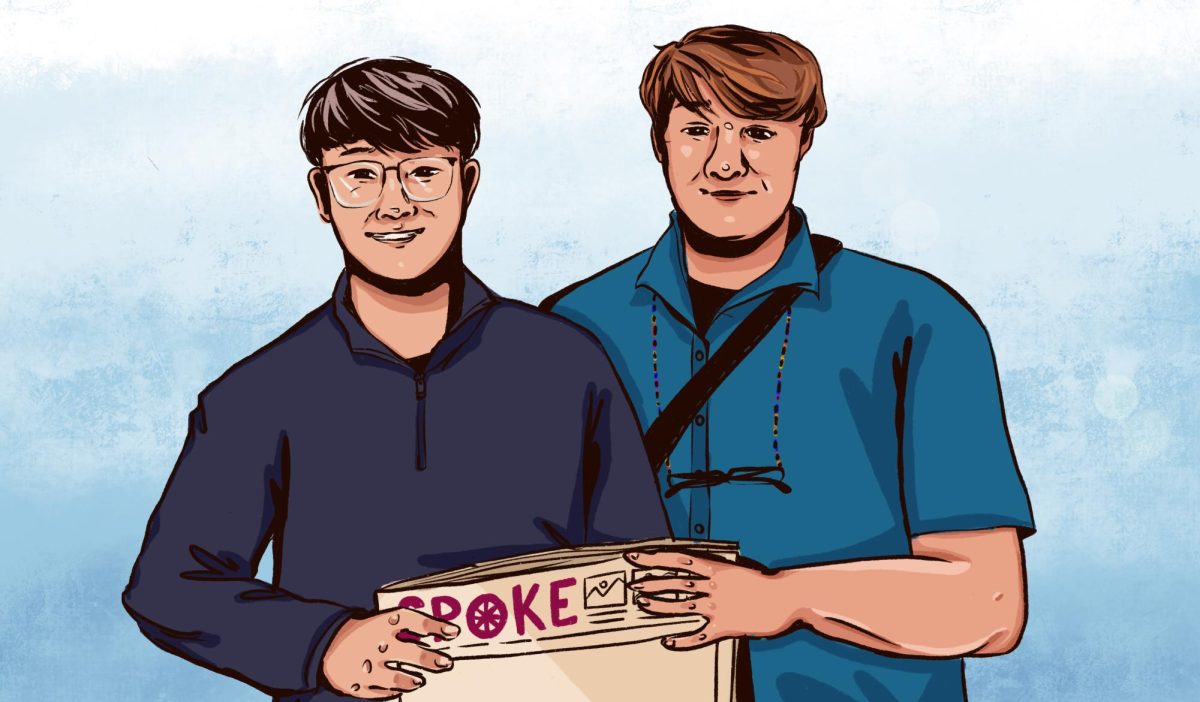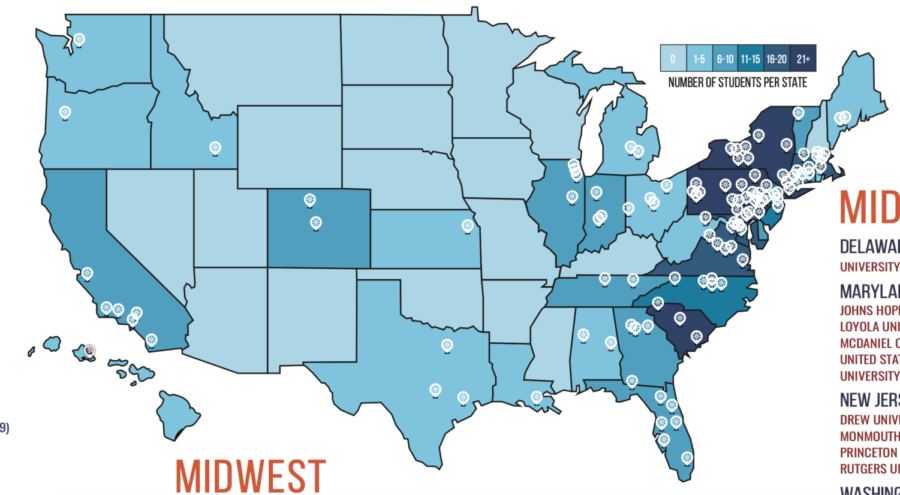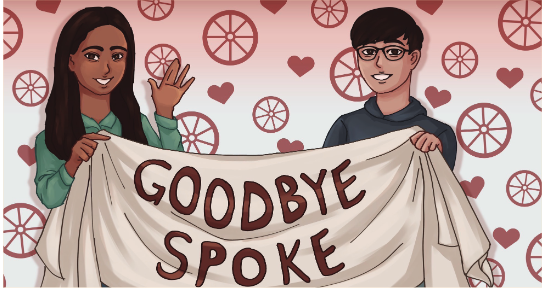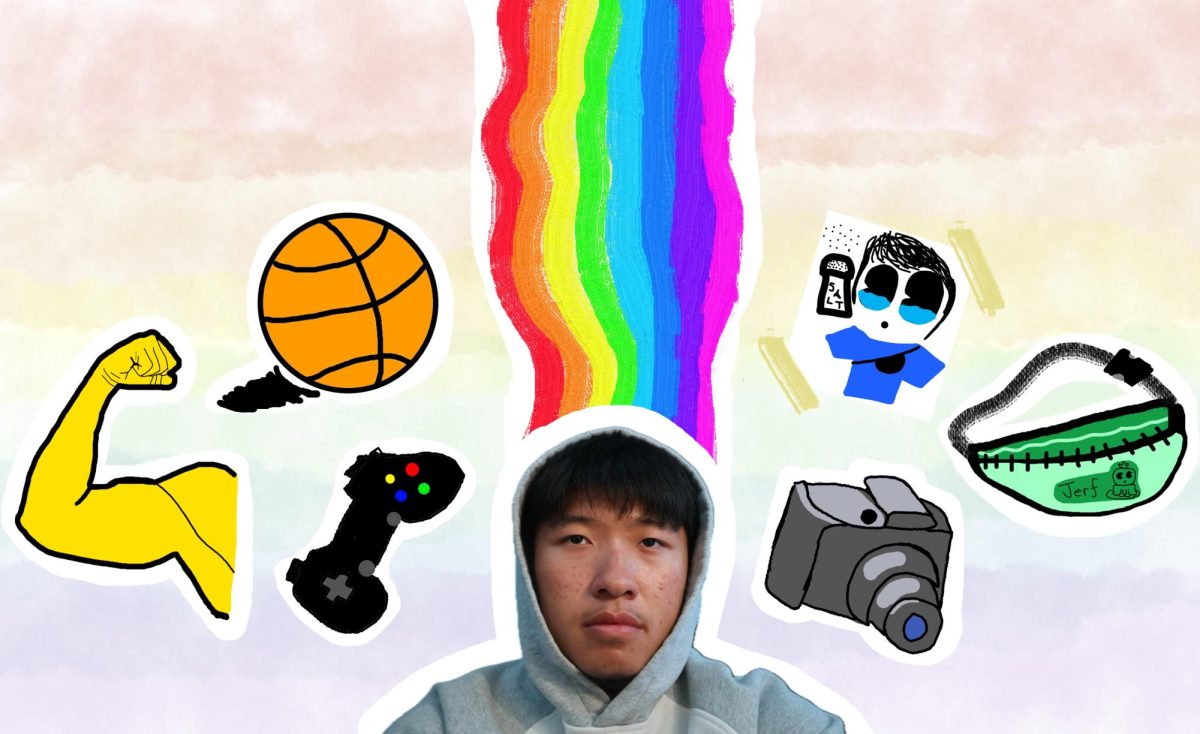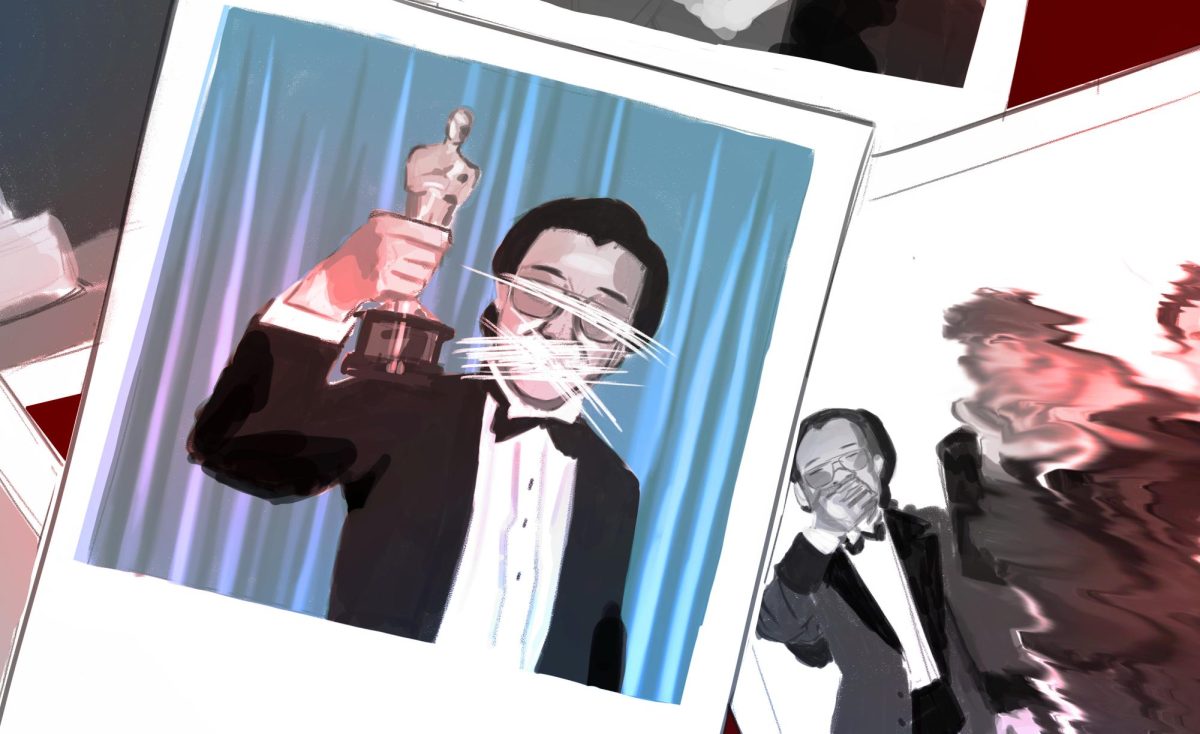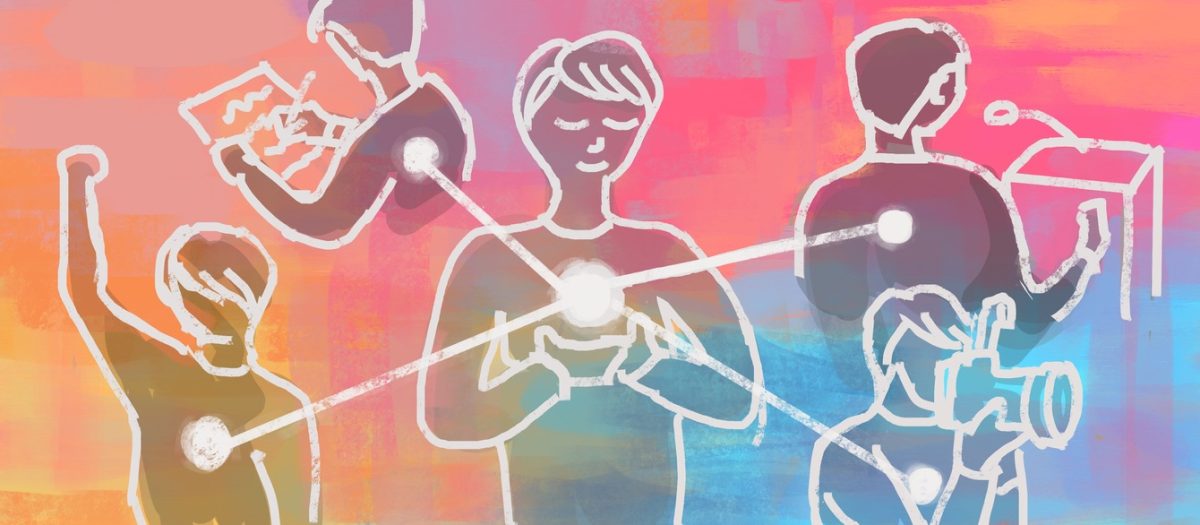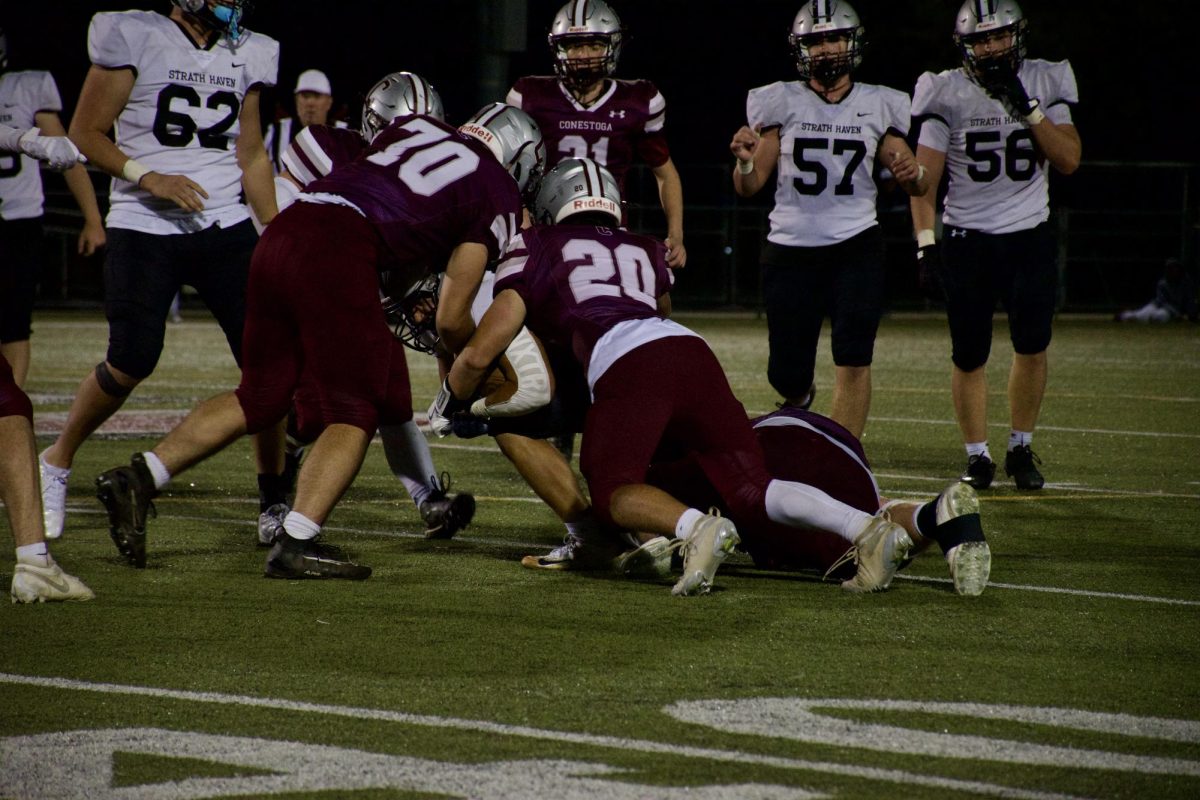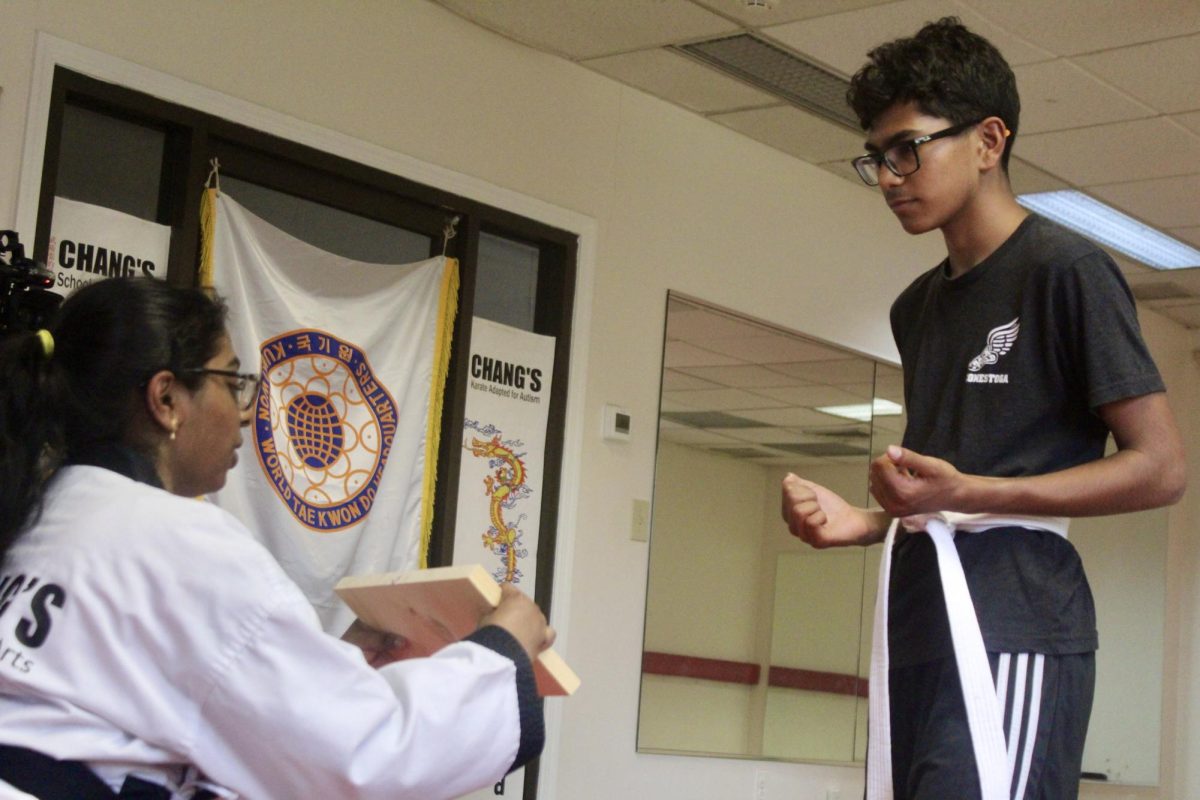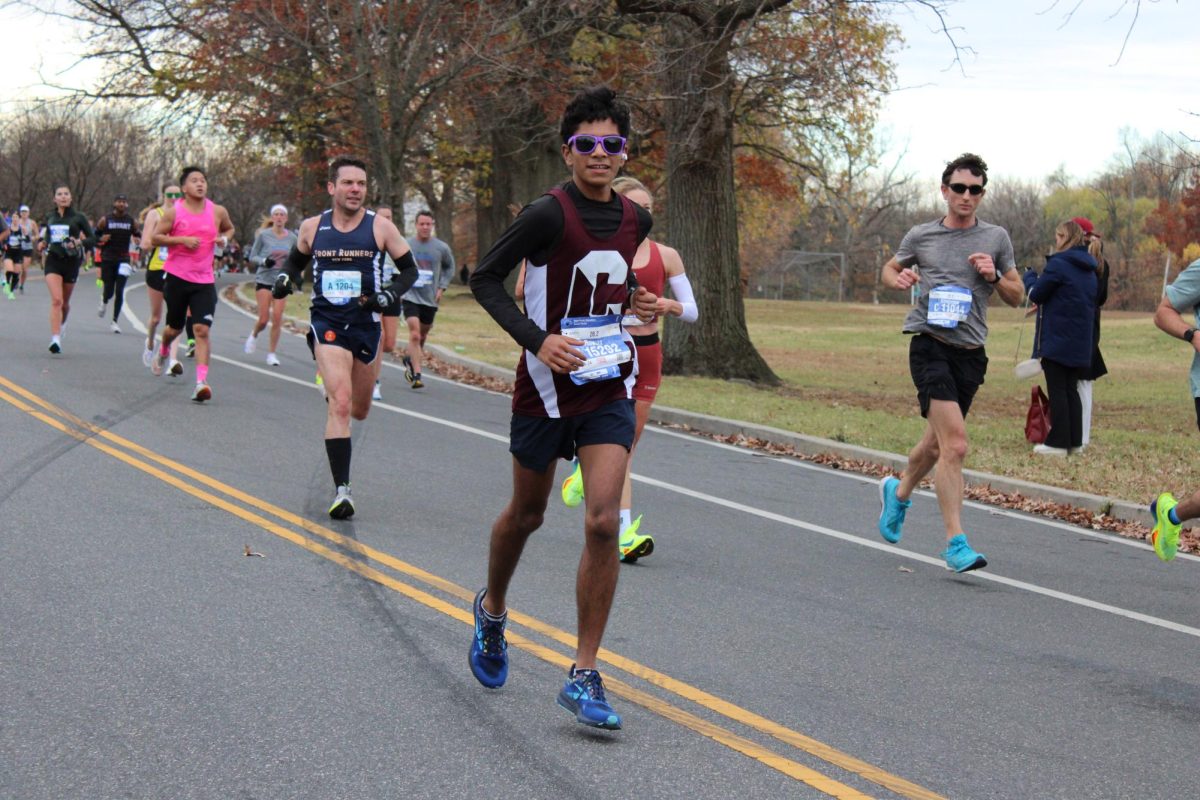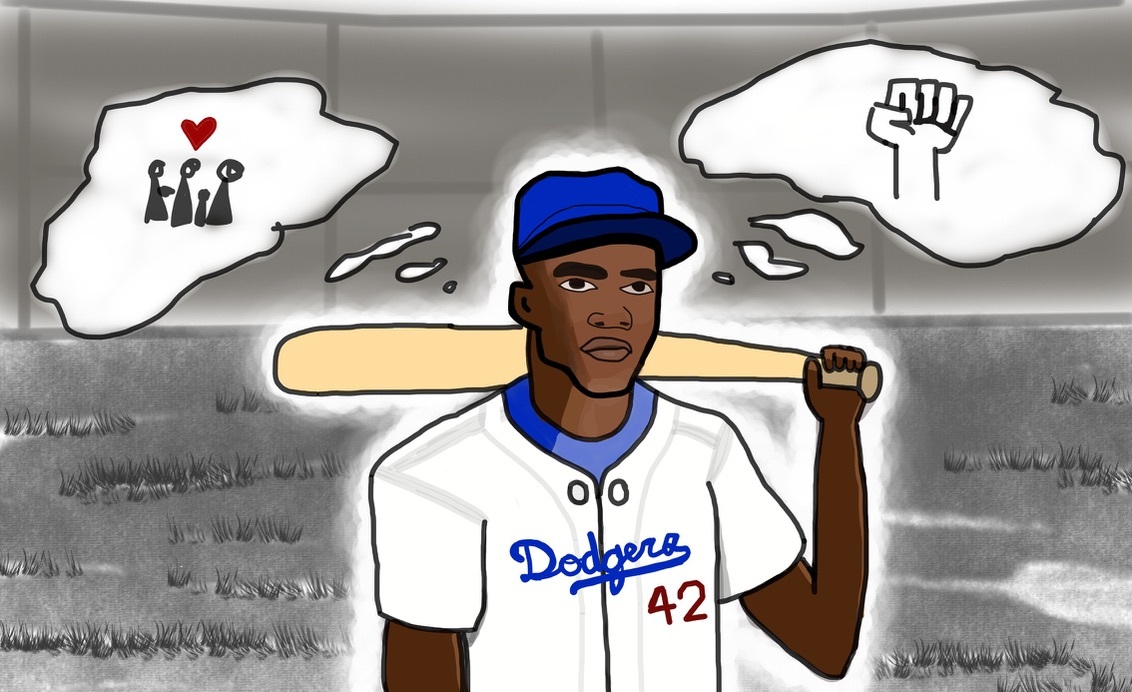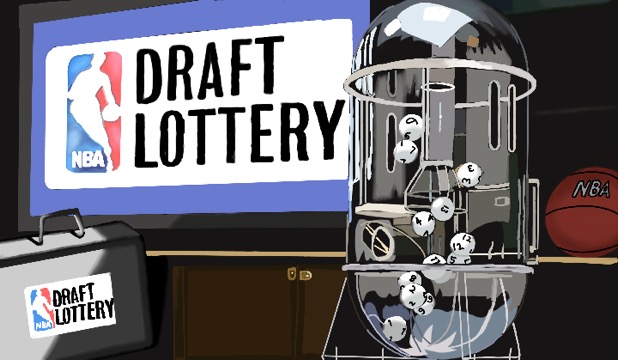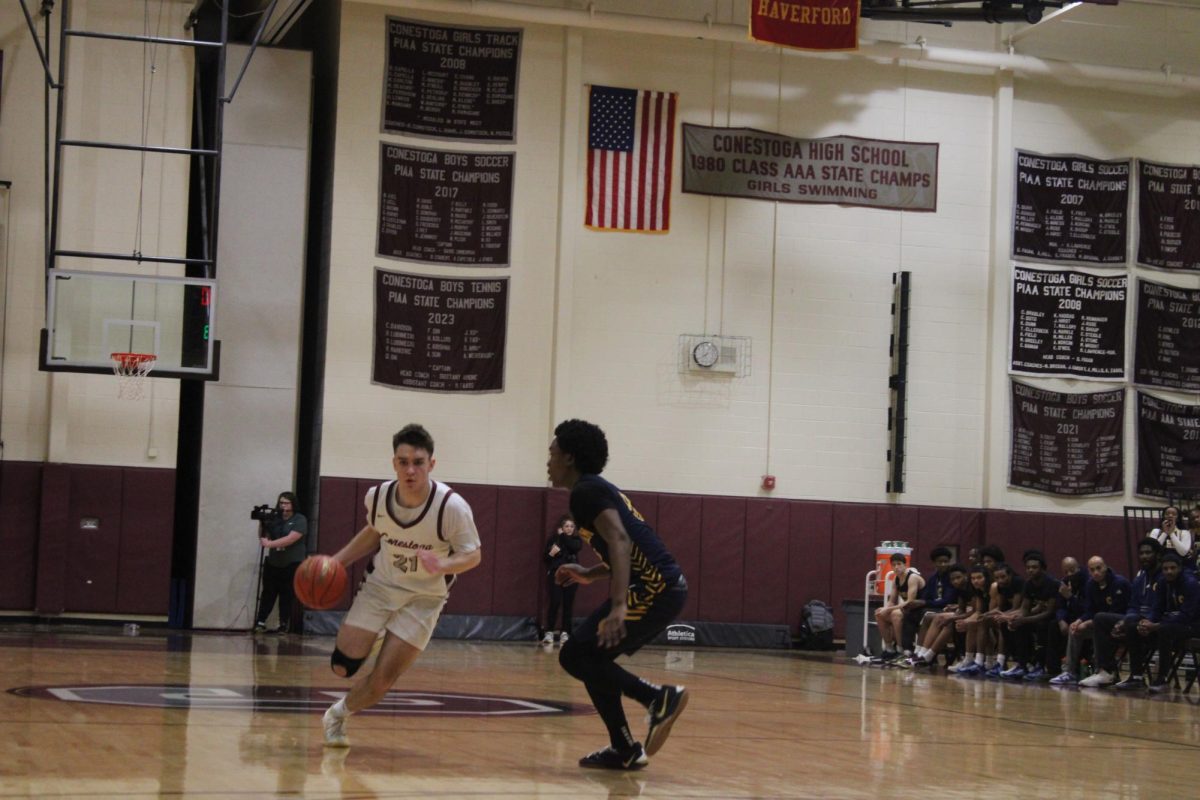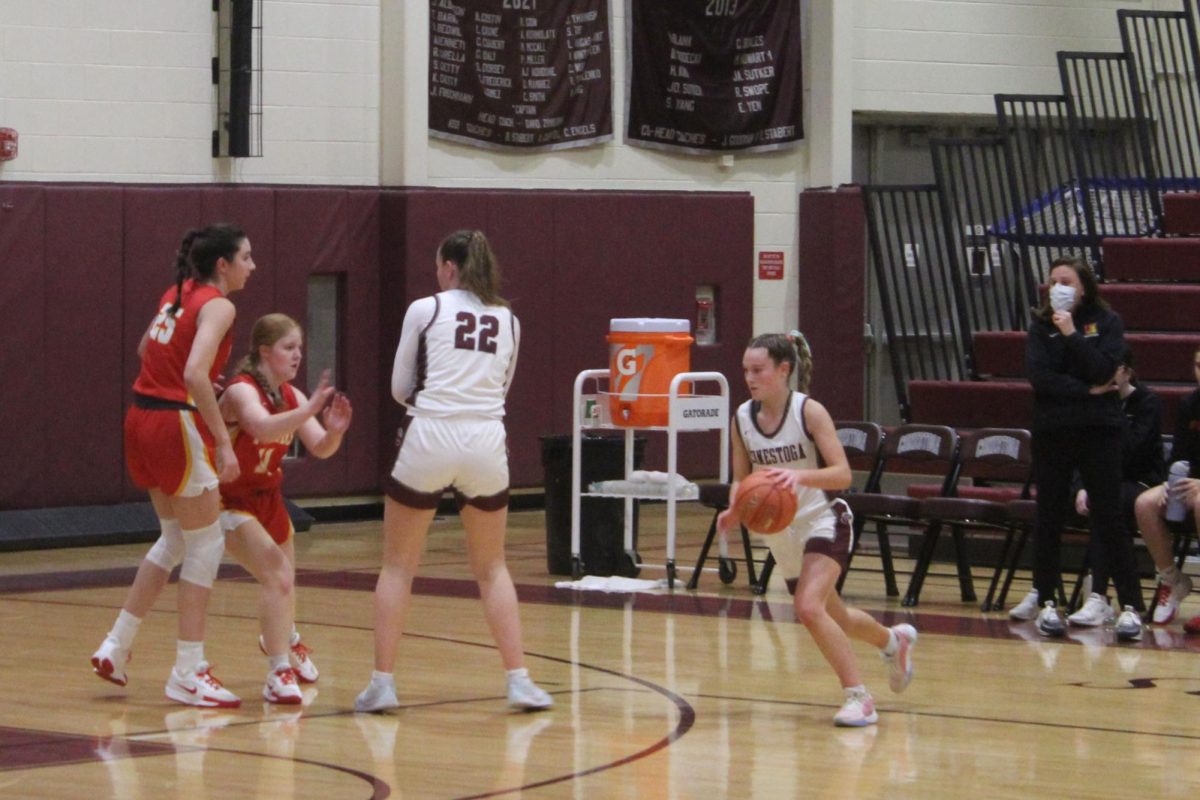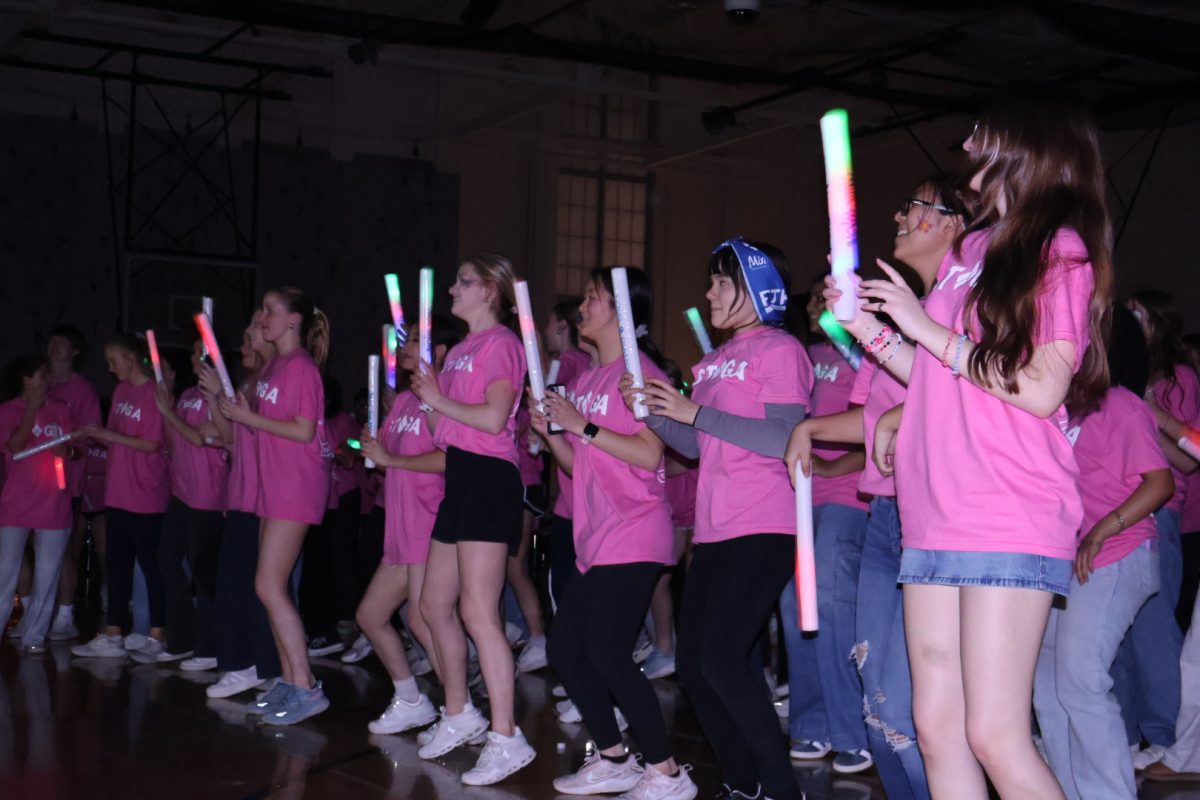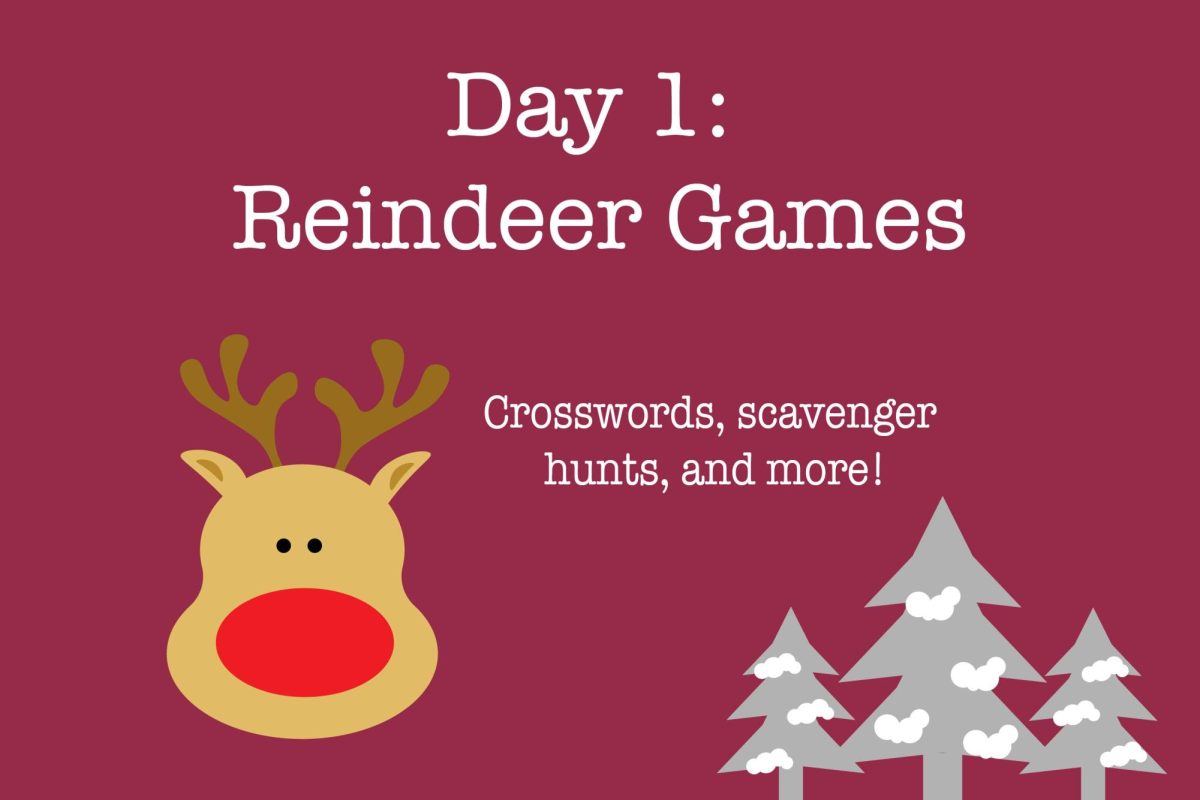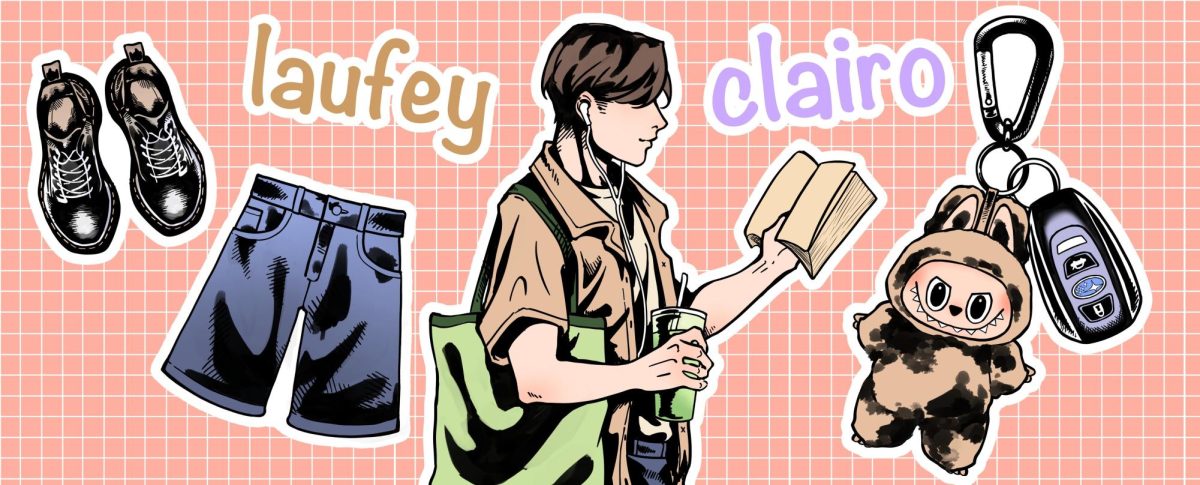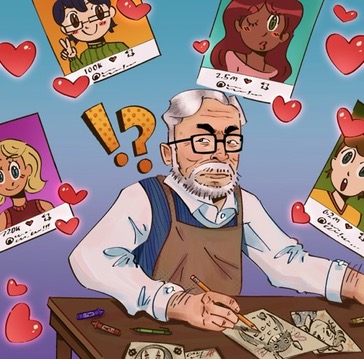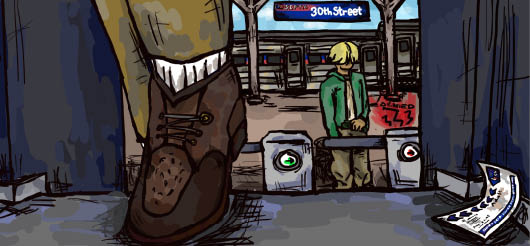“KPop Demon Hunters,” a Sony Pictures Animation film directed by Maggie Kang and Chris Appelhans, took the world by storm after its Netflix release on June 20. Although the title may put some viewers off, once they put aside initial apprehension, they will discover a film that explores identity, female friendship and societal pressure through a musical masterpiece.
With a colorful and unique 3D animation style, a charming cast of characters, and jokes that land with viewers outside of the intended age range, the movie lends itself to building a captivating atmosphere from the very first minutes.
Set in South Korea, the film focuses on Huntr/x, a global hit K-pop group composed of lead vocalist Rumi, lead dancer Mira and main rapper Zoey. The girls are undercover demon hunters, whose responsibility is to protect the world from the evil demon realm threatening to take over. They use the power of their music to strengthen the magical barrier between the realms called the “Honmoon.” However, a new K-pop boy group called the Saja Boys, who are actually demons in disguise, arrive on the scene and jeopardize the carefully maintained peace Huntr/x have upheld thus far.
One of the movie’s strongest areas is its relatability. Although the characters might fit into well-known archetypes — for instance, Mira being perpetually monotone and bored and Zoey being contrastingly bubbly — they are still multifaceted. As the film progresses, the audience discovers Mira’s sensitive nature and the underlying anxiety influencing all of Zoey’s actions. It’s easy to see parts of yourself in the cast, which makes the film even more memorable. Rumi’s overarching struggles with her part-demon part-hunter identity mirror those of people who feel like they don’t fit into society’s neat boxes. A weak plot point in the film is when Rumi’s friends lose their trust in her after discovering her hidden demon identity and promptly turn their back on her. After developing such a strong friendship in the first three-fourths of the movie, the writers’ choice felt unrealistic.
The soundtrack is truly what boosted this film’s popularity and what makes it so enjoyable. While the majority of the lyrics are in English, the genre undeniably remains K-pop. Even people who have never listened to K-pop will find themselves humming the songs long after finishing the movie. There’s an incredible show of vocalism in “Golden” by Ejae and a fun catchiness in “Soda Pop” featuring Andrew Choi.
The fictional Huntr/x and Saja Boys have been topping real world music charts like Billboard’s Hot 100 for weeks, and for good reason. These songs have resonated with audiences of all ages, displaying a universal popularity that hasn’t been seen since childhood hits like “Frozen” and “Moana.” It’s an opportunity for Korean music and pop culture to be more widely appreciated, something that is extremely exciting about the film’s success.
It’s also important to note that the movie has an entirely nonwhite main cast. As one of the only animated movies of its caliber to do so, “KPop Demon Hunters” sets a precedent that animated movies don’t need to have white characters or be set in the Western world to have global reach.
The moral of the story is don’t judge a book by its cover — or a film by its title. Animated movies are often cast aside as silly, corny or solely for children. That couldn’t be further from the truth: Animation is an art medium without age requirements. If someone thinks “KPop Demon Hunters” isn’t for them because “KPop” is in the title, they should rethink their preconceptions and be more open-minded. In doing so, they will probably discover a moving film that carries the same magic as the ones from their childhood.
Saktisri Gowrishankar can be reached at [email protected].

